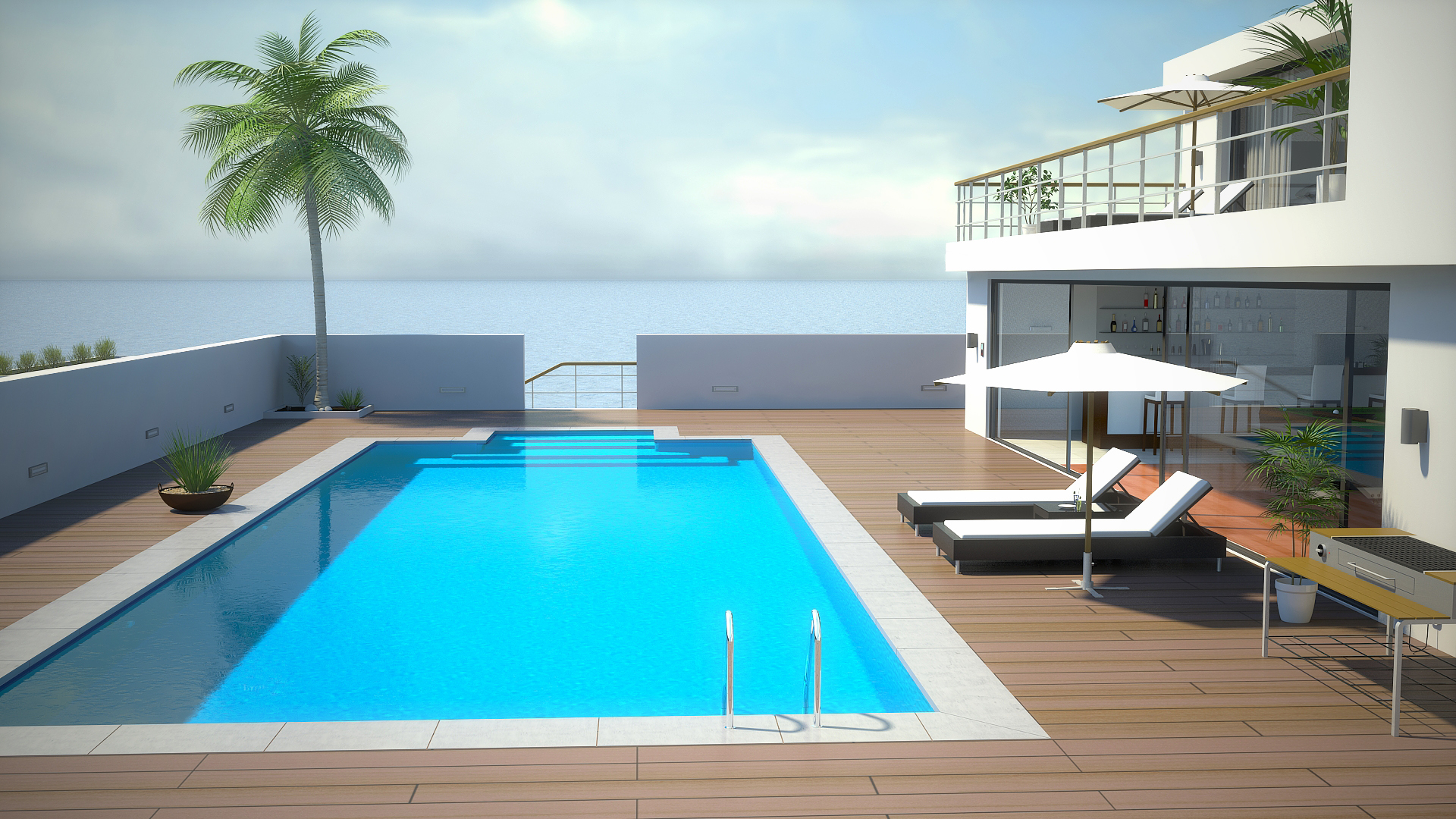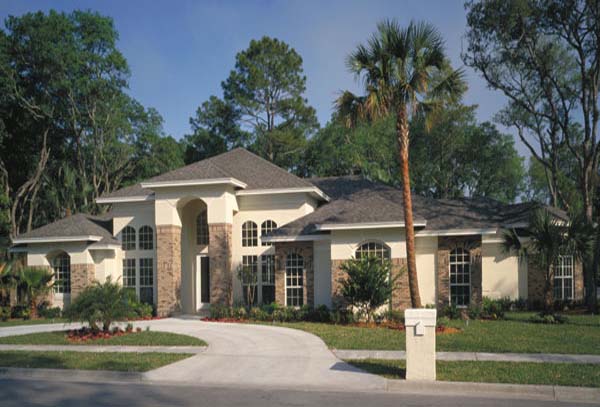Home > Brownstone houses
Brownstone house

Brownstone houses are a type of residential building found mainly in the northeastern United States. Brownstone houses are made of a type of sedimentary rock called brownstone, which takes on a variety of colors depending on its origin, predominantly in shades of brown, tan and grey. Brownstone’s ability to be easily hewn to precise shapes and to hold detail has made it a popular material for building. Brownstones are typically multi-family dwellings, with two to five stories, and are often composed of a block plan. These homes often feature a facade of masonry, typically brownstone, and narrow windows, with large stoops leading to the main entrance. Inside, the homes feature large rooms with high ceilings and thick walls, reflecting a focus on interior comfort. Ornate fireplaces, paneling, molding, and other detailed touches are common features of these distinctive houses.
Brownstone houses were first built in the mid-1800s in cities like Boston and New York, slowly growing in popularity until roughly the 1880s. At that point, they had become a status symbol, a show of wealth and sophistication, and were in demand among the upper classes. As demand increased, they moved out of the cities and into suburban areas. However, they became less popular by the start of the 20th century, as steel and concrete were adopted in their place.
Today, brownstone houses are cherished as historic buildings, and represent a connection to the past. Cities like New York and Boston are dotted with brownstone homes that have been lovingly preserved and renovated. This appreciation of these classic buildings as works of art has helped brownstone houses maintain their value over time. To this day, the classic brownstone house remains a sought-after sanctuary from the hustle and bustle of city life. The sturdy walls and subtle adornments have stood the test of time, and the building style retains a special place in the hearts of many urban dwellers.
It is usually made up of a variety of minerals, mainly quartz, feldspar, and iron oxide and is generally used as a facing material for large-scale buildings such as churches, schools, and public buildings. It was particularly popular in the Victorian era in the U.S. and in the U.K., and is a common architectural feature in many historic neighbourhoods in large cities. Its colour often adds to the charm of older streets, as the weathering of the stone gives it a distinctive patina. Brownstone is also often used for steps and walkways and is a popular type of landscaping stone because of its colour and texture.
While brownstone is often popularly associated with New York City, the stone was used widely, around the world, until it fell out of favour, around 1900. Some examples of cities around the world that used brownstone in buildings include Philadelphia, Paris, Boston, Baltimore, St. Louis, Montreal, Hartford, and London. Brownstone was also used extensively in smaller communities and towns across the United States and Europe. The primary reason for the decrease in the popularity of brownstone was the rising cost of labor and transportation. In addition, fire safety regulations and improvements in technology led to other, less expensive materials becoming more popular. The quarries used for the early brownstones of New York City were in New Jersey, and in the Connecticut River area. Some of the largest quarries were located in Brunswick, NJ, Paterson, NJ, and along the Connecticut River. The quarries in these areas provided brownstones with various colors and textures, from lighter shades of sandstone to the rich and varied hues of brownstone from nearby Prospect Hill.
Brownstones from these quarries were used to build some of the iconic buildings and landmarks in New York City, such as the Brooklyn and Manhattan bridges and the Dakota Building. The quarries also supplied stone for residential purposes, and “the brownstone was used to express architectural details such as window and door trim, window sills, lintels, quoins, stringcourses, etc." The use of brownstone in construction declined significantly in the mid-1900s as new building materials such as concrete and steel became more readily available. Today, most of the quarries are inactive. However, the legacy of these quarries lives on in the historic buildings of New York City that were constructed with brownstone.
In New York City a brownstone is understood to be a rowhouse clad in brownstone or an imitation thereof. Other cities and towns, however, may use the term to mean any participating in a particular architectural style. The term brownstone is usually used in the United States to refer to a townhouse clad in brownstone, by extension, to refer to other buildings of similar appearance. In the 19th century, Basswood Island, Wisconsin, was the site of a quarry run by the Bass Island Brownstone Company which operated from 1868 to 1895. The brownstone from this and some other Wisconsin quarries was in great demand, used in buildings in cities such as Chicago, Milwaukee, and Cincinnati. Much of the stone came to be known as "Chenequa Brownstone". In Brooklyn, there are many brownstones built in the 19th and early 20th centuries. Rush Bagscoe, a Baltimore contractor, coined the term "brownstone" in 1848 in what is now known as the Mount Vernon neighborhood of Baltimore when he laid paving stones called "bytownite" to form a distinctive border. Brownstones there can be found in many neighborhoods, such as the Bedford-Stuyvesant and Prospect Heights neighborhoods. In other parts of the country, the term may refer to other types of building stone, such as in St. Louis, Missouri, where it is generally used to describe any type of limestone building or cladding.
New York City brownstones tend to be found in certain older neighborhoods, which are perhaps most common in Brooklyn but can also be found in other boroughs. Many of these traditional neighborhoods offer homes with charming and unique architectural features. Brownstones in New York City often date back to the late 19th and early 20th centuries when the style was popular. Popular brownstone neighborhoods in New York City include Brooklyn’s Park Slope, Brooklyn Heights, and Cobble Hill as well as the Upper West Side and West Village in Manhattan. Other popular boroughs for brownstones include Queens, Staten Island, and the Bronx. Many brownstones have been renovated over the last few decades in gentrifying neighborhoods like Park Slope, Bedford-Stuyvesant and Fort Greene. In many cases, these renovations have been done by new residents, who want to restore the historic character of their buildings. The renovations often come with new business investment and improved infrastructure, resulting in an increase in the value of the property. The gentrification of these areas has led to debates over the effects it may have on affordability and displacement of low-income residents.
Gentrification of these areas has been both beneficial and detrimental to local communities. On one hand, it has brought much needed investment and attention to areas throughout Brooklyn that were often neglected in the past. It has helped preserve and elevate the culture and history of these places, creating vibrant, dynamic neighborhoods. On the other hand, rising costs of living and a drastic change in the feel of some areas has been difficult for many longtime residents to deal with, causing displacement and tension among newcomers and locals.









